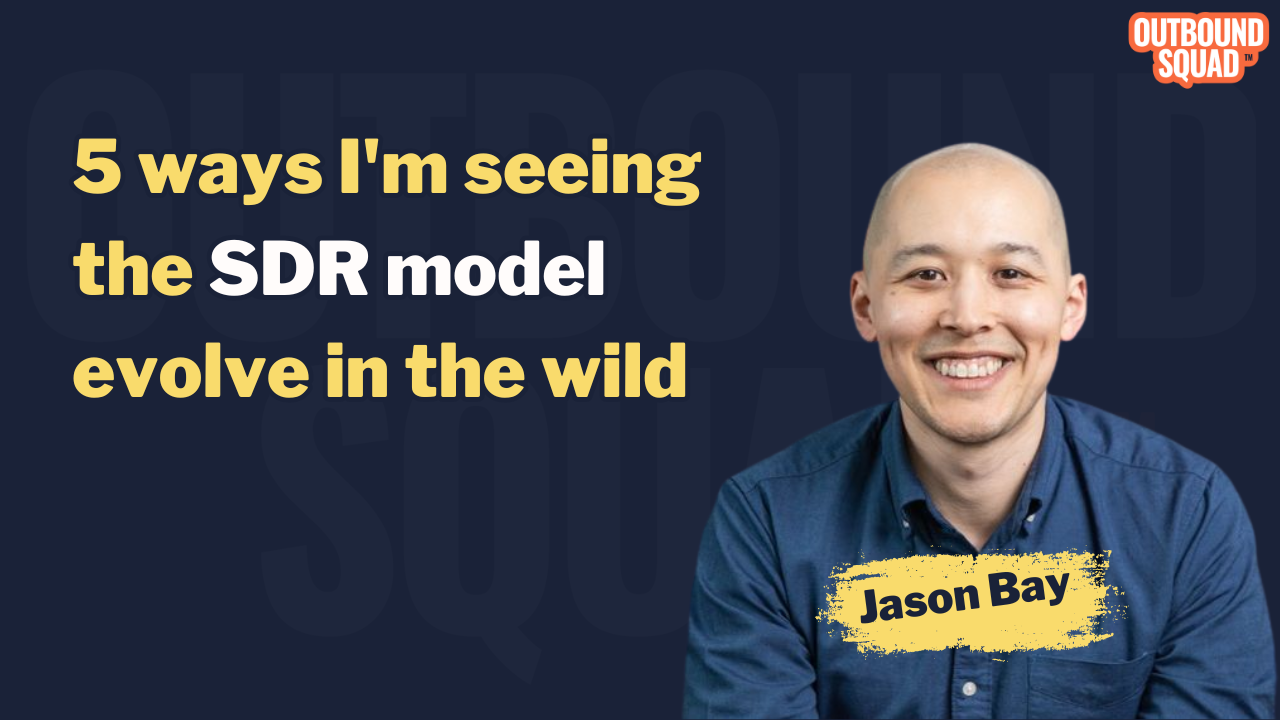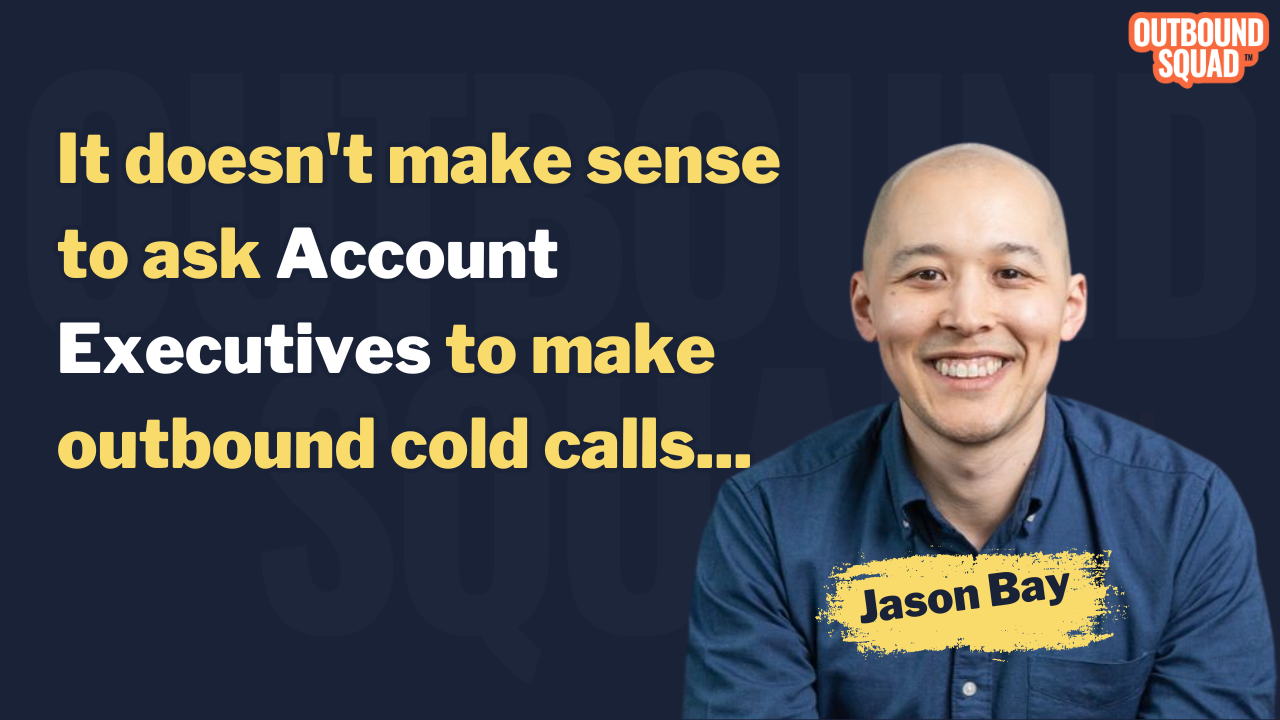
5 ways I'm seeing the SDR model evolve in the wild
5 ways I'm seeing the SDR model evolve in the wild
(based on working with 100+ SDR teams in the past five years)
👇
✅ 1) Hiring industry vets vs. recent college grads
This is a lot in vertical SaaS.
Example: SaaS company that serves large commercial construction contractors. They hire reps with 5+ years of industry experience who do way more than cold email and cold call.
Their reps attend events and work a tight ABX strategy on large enterprise accounts. And their OTE is $150k+
This isn't a common model (yet) but can work well in enterprise vertical SaaS.
✅ 2) Providing deal assistance
SDRs help AEs re-engage closed/lost or stalled deals. And they provide multi-threading support early in sales cycles.
This has become a common trend in the last few years. Works well with experienced SDRs and a great RevOps team.
✅ 3) Super lean SDR teams that rely on AI/tech-stack
The SDR team is small and mighty. Reduced headcount in exchange for technology. They use tools like Clay to automate 99% of account selection, list-building, etc.
Sounds great in theory, but I've only seen talking heads on LinkedIn talk about this approach.
Never seen it in action. And when I ask? No one can show me.
I don't believe this is the future for enterprise. Working for SMB though.
✅ 4) Connecting to revenue
Most SDR orgs are moving toward measuring SDR success on qualified pipeline and closed/won revenue.
Comp. on meetings & demos set should be a half or less of an SDR's compensation. It incentivizes the wrong outcome.
Many orgs are already doing this and you're behind if you aren't.
This is an excellent forcing function.
✅ 5) Inside Sales Rep (ISR) Model
An old trend that's coming back with many orgs. This works well if your only sales motion is enterprise.
The ISR is responsible for breaking into net-new accounts and works smaller deals (less than $50k). They close pilots, trials, etc.
~~~
How's your org adapting?
Ready to chat?
.svg)
.svg)
.svg)
.png)


